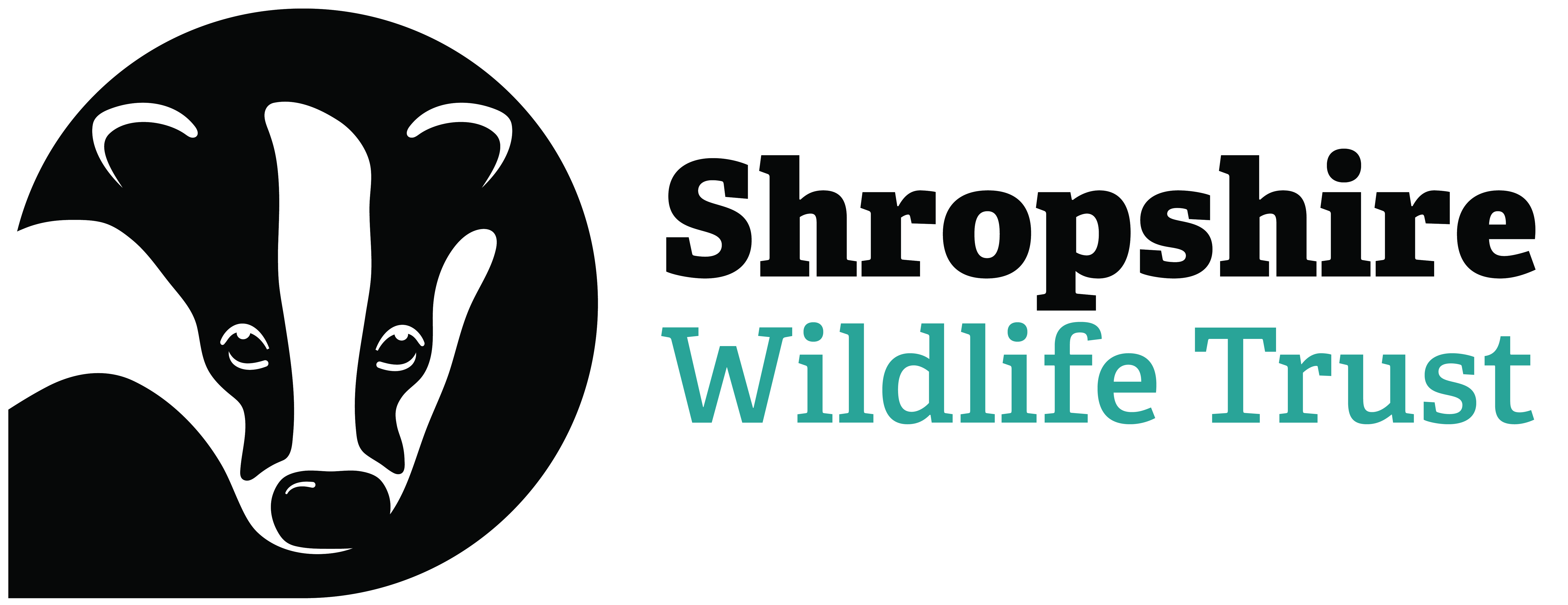
Amy Lewis

Gillian Day

©northeastwildlife.co.uk
Horse chestnut
A tall, broad tree of woodlands, roadsides and parks, the introduced horse chestnut is familiar to many of us the 'conker' producing tree - its shiny, brown seeds appearing in their spiny cases in autumn.
Scientific name
Aesculus hippocastanumWhen to see
January to DecemberSpecies information
Category
Statistics
Height: up to 40mIntroduced, but naturalised species. Listed as near threatened on the global IUCN Red List of Threatened Species.
Habitats
About
The horse chestnut is a tall, broad tree that has been widely planted in parks and gardens. Originally native to the mountains of northern Greece and Albania, it was introduced into the UK in 1616 and has since become naturalised. In April and May, rows of horse chestnuts lining roads and in woodlands provide a spectacular display of 'candles' - large, upright flower spikes ranging in colour from white to deep pink. In autumn, it sheds its spiny-cased seeds, known as conkers.How to identify
The horse chestnut has hand-shaped, palmate leaves with five to seven toothed leaflets. It displays large, pinky-white flower spikes, and its spiny-shelled fruits contain the seeds, or 'conkers'.Distribution
Widespread.In our area
Horse chestnut trees are common in many town parks and gardens. During the autumn, there are often lots of windblown spiky conkers lying on the ground around them.
Did you know?
The conkers of the horse chestnut are collected by children everywhere for competitions: attached to strings, two conkers are alternately flicked at each other until one breaks. Taking this a step further, the world conker championships are held at Ashton in Northamptonshire in October every year.Horse chestnut trees are common in many town parks and gardens. During the autumn, there are often lots of windblown spiky conkers lying on the ground around them.

